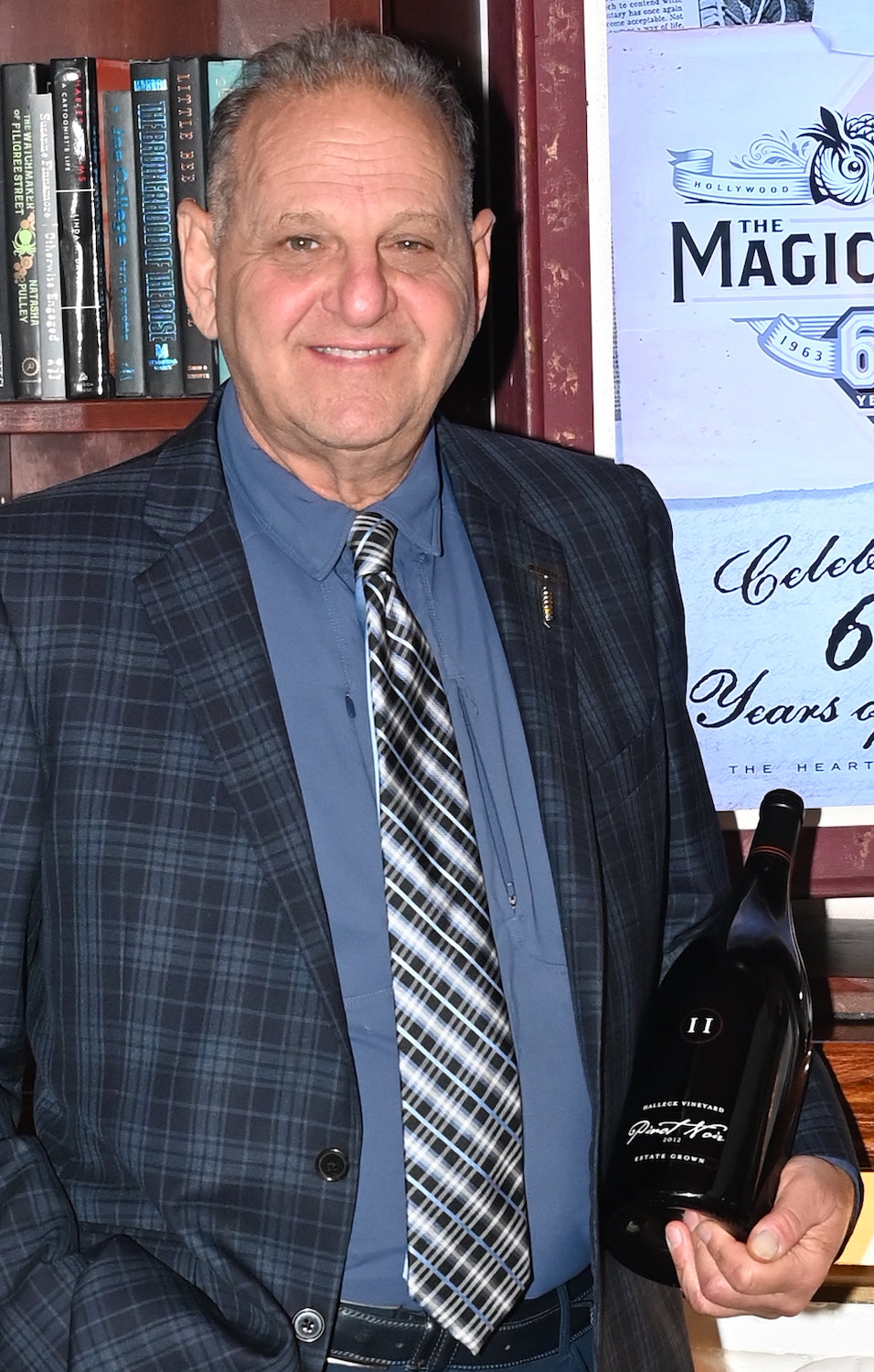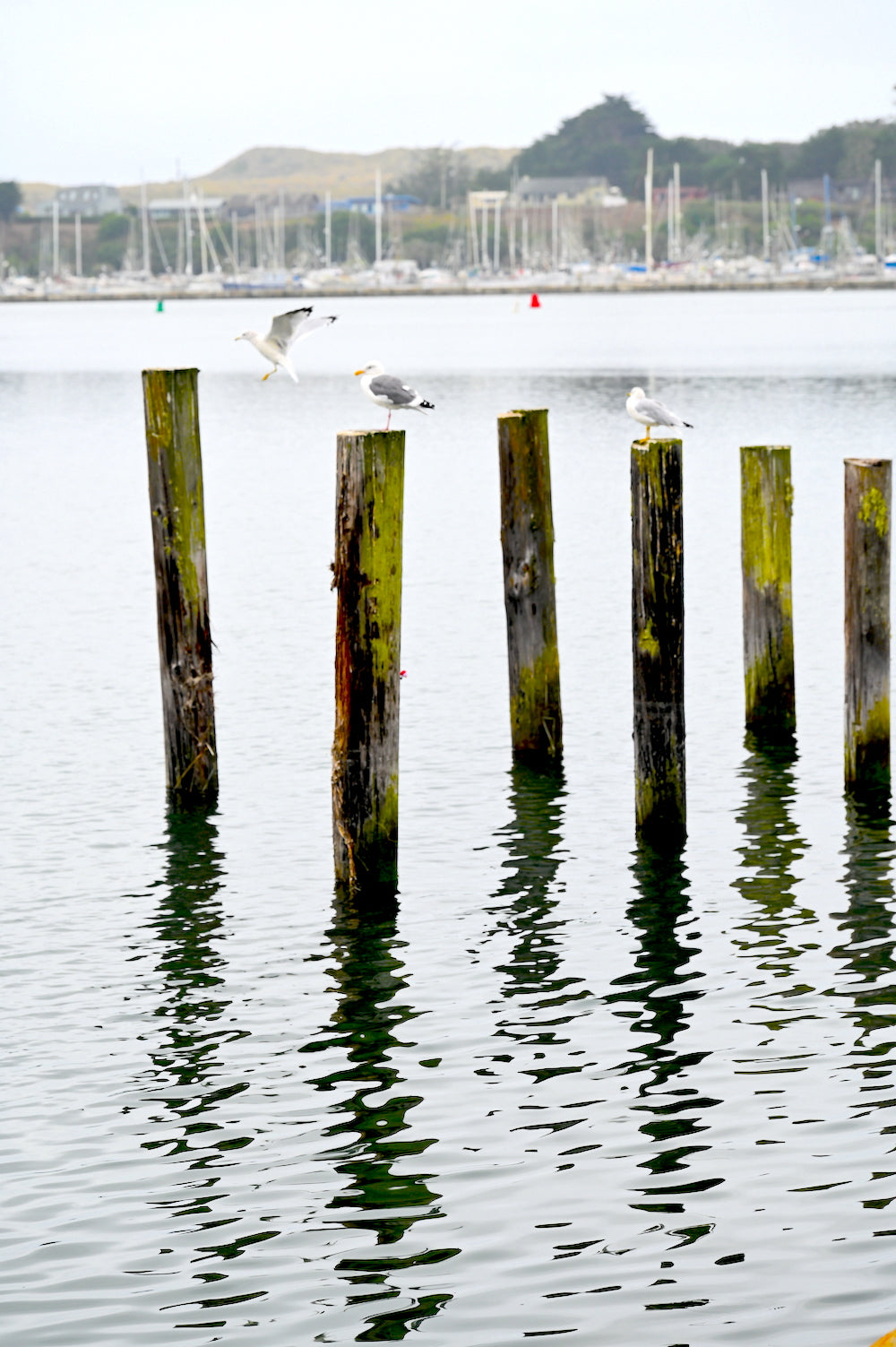Eco-Friendly Wineries In Sonoma County - Wine Tasting Activities In Sebastopol
Eco-Friendly Wineries In Sonoma County - Wine Tasting Activities In Sebastopol
Blog Article
Scenic Vineyard Tours In Sebastopol - Unique Wine Tasting Experiences In Sebastopol
Wine tasting is an art that combines sensory experience with an appreciation for the nuances of various varietals. How to judge flavors in winery wine tasting sessions is pivotal to grasping the complexities of wine.
Participating in a wine tasting involves greater than simply sipping and savoring. It requires a focused approach to establish aromas and flavors that each wine presents. As you start, observe the wine's look, noting its color and clarity. These visible cues typically recommend a wine’s age, grape selection, and even potential flavor profiles.
The subsequent step within the tasting process is to swirl the wine in your glass. This motion releases aromatic compounds that are very important for evaluation. Lean in and take a second to inhale deeply; the aromas can range from floral and fruity to spicy and earthy. The nostril of the wine is simply as necessary as the palate, and recognizing scents plays a major role in understanding the general experience.
When taking your first sip, permit the wine to maneuver throughout your palate - Wineries Promoting Sustainable Farming. Notice the preliminary flavors that present themselves. Is the wine fruity, floral, or perhaps herbaceous? This initial style provides insight into what the wine is more likely to specific as you proceed to gauge it. The mouthfeel additionally contributes to the general flavor experience; it can be silky, tannic, and even effervescent.
Historical Wineries To Visit In Sonoma - Wine Tasting And Vineyard Tours In Sonoma
As you proceed tasting, pay attention to the wine’s stability. A well-balanced wine will harmonize acidity, sweetness, and tannins. If one component overwhelms the others, it'd indicate a much less fascinating quality. Evaluating stability can help you establish how well the wine might pair with food.
Transitioning to the finish, contemplate how the flavors evolve because the wine lingers in your palate. A lengthy, nice end can indicate a high-quality wine, while a short or abrupt finish might suggest in any other case. Replicate on whether or not the flavors remain constant or if new notes emerge because the wine settles. This progression can reveal complexities and intricacies that may not have been obvious within the preliminary tasting.
Temperature can additionally be an important think about evaluating wine flavors. Different types of wine are optimally enjoyed at particular temperatures. White wines typically shine when chilled, while purple wines generally carry out finest at room temperature. When tasting, ensure the wine is at the acceptable temperature to fully appreciate its character.
Wineries With Scenic Views - Explore Sebastopol Area Vineyards
Pairing food with wine can greatly improve the tasting experience. Meals can affect the notion of flavors in wine, both highlighting certain traits or diminishing them. When evaluating flavors, think about how the wine interacts with completely different meals, noticing which flavors are amplified or muted (Wineries Offering Virtual Wine Tastings).

Think About the affect of terroir as you interact in a winery tasting. Terroir encompasses the distinctive environmental components that affect grape rising, including soil composition, climate, and geography. Understanding a wine's terroir can provide insight into its flavors and aromas, fostering a deeper appreciation for the alternatives made throughout its cultivation and manufacturing.
Schooling performs a basic function in enhancing one's capability to gauge wine flavors. Learning about grape varieties, wine regions, and manufacturing strategies can pave the way for more knowledgeable judgments throughout tastings. Additionally, attending workshops or classes can refine sensory skills and increase your flavor vocabulary, enabling you to articulate tasting notes more effectively.

Finally, it's essential to remember that evaluating wine flavors is a extremely personal experience. Individual preferences and perceptions will invariably shape one’s tasting journey. over at this websitetop article Enjoyment should be on the forefront, with the evaluation process appearing as a tool to boost understanding and appreciation quite than create rigid pointers.
Wine Tasting Trails In Sonoma Valley - Wine Tours And Tastings In Sebastopol
In conclusion, mastering how to consider flavors in winery wine tasting classes entails a mix of sensory engagement, knowledge, and practice. By learning to establish aromas, assess the balance, and respect the intricacies of flavor, wine enthusiasts can deepen their connection to every bottle they encounter. As with any art kind, the extra one immerses themselves within the experience, the extra they may uncover and enjoy the vast world of wine.
- Start by observing the wine's color and clarity, as these visible parts can trace at its flavor profile and getting older potential.
- Swirl the wine gently in your glass; this releases fragrant compounds, permitting you to higher identify the complicated scents related to the wine.
- Take a deep inhale before tasting, specializing in each main and secondary aromas to collect insights on fruits, spices, and other nuances.
- When tasting, permit the wine to coat your palate; note the initial flavors, the mid-palate complexity, and the finish as these stages can provide completely different flavor highlights.
- Pay consideration to texture and mouthfeel, as aspects corresponding to tannin ranges, acidity, and sweetness contribute considerably to the overall tasting experience.
- Examine flavors towards standard wine characteristics; for purple wines, contemplate berry notes, oak influence, and herbal tones, while whites may embrace citrus, stone fruits, and floral hints.
- Take notes through the tasting session to trace your impressions, helping you to recollect and consider the totally different wines sampled.
- Talk About your findings with fellow tasters or winery employees, as sharing insights can enhance understanding and appreciation of individual flavors.
- Allow time for the wine to breathe; typically, flavors evolve and reveal new dimensions after being uncovered to air.
- Experiment with food pairings through the tasting as they can dramatically alter how flavors are perceived, influencing general enjoyment.undefinedWhat should I look for when evaluating the aroma of wine throughout a tasting?
Start by swirling the wine in your glass to launch its aromas. Bring the glass to your nose and take a deep breath. Pay consideration to the first scents you detect, as these are sometimes probably the most outstanding. Look for fruit, floral, herbal, or earthy notes and attempt to determine particular characteristics, which will deepen your understanding of the wine's complexity.
Wineries With Unique Tasting Experiences - Sebastopol Wineries

How can I distinguish between completely different flavor profiles in wine?
Understand that flavor profiles are sometimes categorized as fruit, floral, herbaceous, spicy, or mineral. Take small sips and allow the wine to coat your palate. Discover the primary flavors that emerge first and the subtle notes that comply with. This layering is important in distinguishing the wine's traits and will help you appreciate its distinctive profile.
Wine Tasting Experiences With Local Cheese - Wine Tasting Experiences In Sonoma Valley
What is the significance of the wine's texture in a tasting?
The texture of the wine, also referred to as mouthfeel, plays an important position in how we understand flavors. Pay consideration as to if the wine feels easy, creamy, or gritty. The physique of the wine (light, medium, or full) can enhance or contrast with flavors, providing a more rounded experience during tasting.
How do I assess the balance of flavors in wine?
Steadiness in wine refers to the harmony between acidity, sweetness, tannin, and alcohol. Take a second to evaluate whether these parts complement or intrude with one another. A well-balanced wine may have none of its elements overpowering the others, creating a pleasant tasting experience.
Upcoming Wine Festivals In Sonoma County - Wineries To Explore In Sonoma Valley
What role does temperature play in evaluating wine flavors?
Temperature can considerably impact the notion of flavors. Typically, purple wines are finest served barely under room temperature, while white wines get pleasure from being chilled. As the temperature adjustments, the aromas and flavors can shift, allowing you to understand different characteristics. It’s essential to style wine at its optimal temperature for true analysis.
Wineries With Outdoor Seating - Enjoying The Best Wineries In Sebastopol
How can I enhance my tasting skills over time?
Practice is essential to enhancing your tasting skills. Family-Friendly Wineries Near Sebastopol. Attend tastings, maintain a journal of your experiences, and discover various kinds of wines to broaden your palate. Moreover, studying about wine production and grape varieties can present context that enhances your evaluation process, making you a extra knowledgeable taster.
Is there a specific order during which I ought to taste the wines?
Wineries That Welcome Walk Ins - Discover Sebastopol's Wine Scene
Sure, it’s advisable to style wines from light to full-bodied and dry to candy. This progression prevents the stronger flavors from overshadowing the more delicate ones, permitting you to completely recognize each wine's characteristics and nuances without palate fatigue.
How can I consider the aftertaste of wine?
Wineries Known For Their Hospitality - Enjoying The Best Wineries In Sebastopol
The aftertaste, or finish, is an important side of the wine-tasting experience. After swallowing, pay consideration to how long the flavors linger on your palate and whether or not they change. A long, nice end is usually an indicator of a high-quality wine, while a brief or unpleasant finish may recommend otherwise.
Why is it necessary to notice the wine’s acidity during tasting?
Acidity contributes to the overall freshness and structure of the wine. Pay attention to the tingling sensation in your tongue; greater acidity can enhance the wine's liveliness and balance out sweetness. Noting acidity helps determine the wine's versatility with food and its aging potential.
What should I do if I struggle to establish particular flavors in wine?
Cultural Wine Experiences In Sonoma County - Enjoying Wine In Sebastopol
Struggling to identify flavors is common, particularly for novices. Focus on broader categories and describe what you can acknowledge, such as candy or earthy notes. With practice, studying about totally different flavor profiles, and perhaps using flavor wheels, you'll refine your senses and develop a extra nuanced strategy to tasting. Report this page